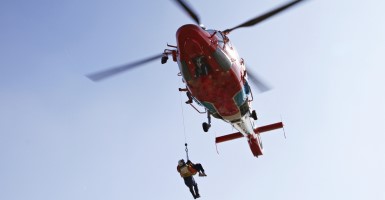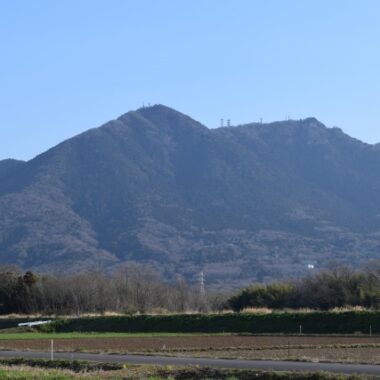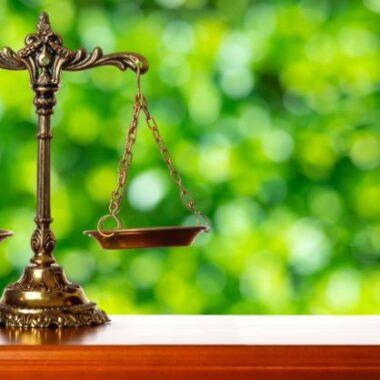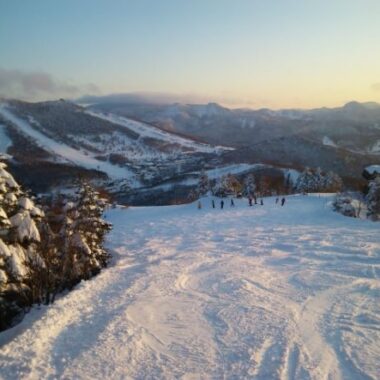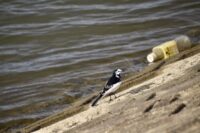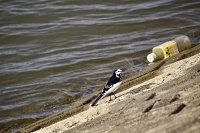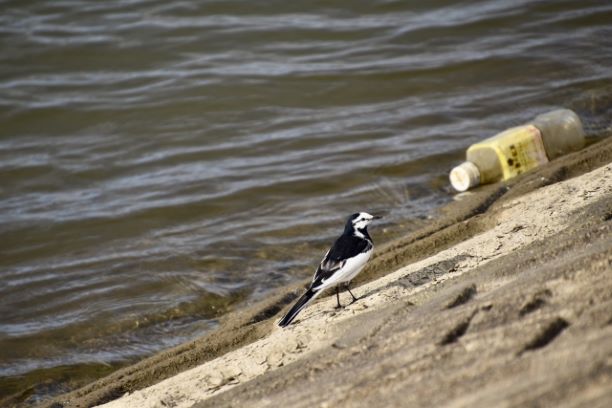目次
- 1 Classification of mountain climbing accidents from a legal point of view
- 2 Trial of an accident on a commercial tour
- 3 Trial of accidents in educational activities
- 4 Trials of accidents at mountain associations
- 5 Judicial decision on accidents during rescue of distressed persons
- 6 Judicial Decisions on Accidents Caused by Improper Development of Mountainous Roads
Classification of mountain climbing accidents from a legal point of view
In a mountain climbing accident in which civil lawsuits were instituted in recent years,
(1) Disaster accidents at mountain climbing parties that pursue the responsibilities of leaders, other accompaniers, planning organizations, etc. due to (a) accidents at commercial tours, (b) accidents at educational activities, (c) accidents at mountain associations, and (d) accidents at other mountain climbing parties.
2. (e) Accidents at the time of rescue of the distressed person who have pursued responsibility to the rescuer
3. (f) Accidents attributable to inadequate improvement of mountain climbing roads that have been pursued as responsible for the installation and management
4 (g) Others
Can be classified as.
It should be noted that 1 and 2 to 4 may occur in a superimposed manner, but it is considered exceptional that the responsibilities of 1 and 2 to 4 are recognized at the same time.
Trial of an accident on a commercial tour
The trials for the accident at the commercial tour under (a) include i) the trial for the death of Mt. Shirouamatake in 2006, which was introduced in the previous blog article, and ii) the trial for the accident in which participants of the mountain climbing at Golden Week in 1978 slid down from the Yokotake ridge line of Mt. Yatugatake. In this type of accident, a person who is a citizen of a tour is liable for tort under Article 709 of the Civil Code, a claim for damages based on the liability for default under Article 415 of the Civil Code (violation of obligation of safety consideration), or if there is a tour planner separate from the citizen, a person who is a planner of the tour is liable for employer under Article 715 of the Civil Code, or liability for default under Article 415 of the Civil Code (violation of obligation of safety consideration).
Trial of accidents in educational activities
Accidents in the educational activities described in (b) include accidents at school events such as mountain climbing, accidents at extra-departmental activities such as mountain climbing, and accidents at cross-school leader training courses in special places. In May 1986, judicial decisions on accidents involving the fall of Mt. Ishizuchi, where students fell down and were seriously injured in the climbing of Mt. Ishizuchi in a school event at a junior high school, and judicial decisions on accidents involving extracurricular activities include (iv) a judicial decision on an accident in which students died in the summer vacation in the mountain climbing area of public high schools in Saitama Prefecture due to heat radiation at the Asahi mountains in Saitama Prefecture, and (v) a judicial decision on an accident involving the death of two leaders in the mountain area of universities due to avalanches that occurred in the vicinity of the top of Mt. Dainichidake at a winter mountain training session sponsored by the Ministry of Education, Culture, Sports, Science and Technology in March 2000.
In this type of accident, the government will make claims based on the National Compensation Act in the case of national public schools and organizations, or based on employer liability under Article 715 of the Civil Code or default of obligation under Article 415 of the Civil Code (violation of obligation of safety considerations) to school establishers or planners of Yamakyo. In some cases, the government will merge claims based on tort under Article 709 of the Civil Code with leaders (or persons equivalent to leaders).
Trials of accidents at mountain associations
(c) Accidents at the Mountain Association include (vi) two new members who joined the Association in May 1985 with experienced members of the Mountain Association about five months ago. When they were practicing rock climbing in Mt. Hiwadasan, the new members fell and were injured.
In this case, members with extensive experience were in a position to provide guidance to new members who were injured. The District Court accepts claims for damages against members with extensive experience. However, if both parties are experienced, there is a doubt as to whether the claim for compensation for damages has been accepted. In fact, the district court, on the grounds of judgment,
The defendant is in a position to teach the plaintiff the technique of rock climbing, and the plaintiff was a beginner of rock climbing. Therefore, when the defendant practices the plaintiff to separate his hands from each other on the way of climbing and secure his/her body with the legs of the plaintiff, the defendant should first select a place where there is no falling accident, sufficiently explain to the plaintiff what kind of securing posture should be taken in advance, and at the moment of releasing his/her hands, take measures to prevent falling accidents, such as calling the plaintiff so that the timing of securing the zail is not deviated. And, it must be said that there is a duty to pay due attention to securing a zail in case of a falling accident.
Judgment of the Yokohama District Court on January 21, 1991
We have certified the content of the warnings and obligations.
The relationship between the members seems to be the reason why the parties of the Mountain Association are allowed to pay damages for the climbing of mountains.
If a beginner member is injured while acting with a member in a position to be instructed, such as in the case of the Hiwadayama accident, he will consider the existence or nonexistence of a specific negligence and consider a claim for damages based on a tort under Article 709 of the Civil Code. In some cases, we will consider pursuing responsibility for the Mountain Association, but it is likely that it will be difficult to request the Mountain Association.
Judicial decision on accidents during rescue of distressed persons
(e) Judicial decisions on accidents in the event of rescue of distressed persons include (vii) Judicial decisions on accidents that occurred between the end of January 2009 and the beginning of February 2009 and were once discovered and protected by the Hokkaido Police Mountain Disaster Rescue Team, but were not rescued and frozen due to slippage immediately after the start of the mountain.
In this type of accident, if the rescue team is a police or fire department, a request under the National Compensation Law will be considered. In this case, too, a request for compensation for damages to the individual rescue team members can only be made in special cases such as accidents by intention that cannot normally be anticipated.
In addition, if the rescuer is a private person, the rescuer is not obligated to rescue under the law of duty, such as a police officer or a fire department personnel, but is obligated to manage the duty or to search for a victim. Therefore, in the usual case, it would be difficult to make a claim for damages without intentional or gross negligence, and in general, a claim for damages to a private rescuer would not be a problem.
Judicial Decisions on Accidents Caused by Improper Development of Mountainous Roads
(f) Incidents caused by poor improvement of mountain climbing roads include (viii) a judication in 1970 in which the railings of the fence of the Sawa Valley Passage broke in the west of Golden Wie, and a person who had been wearing weight on them fell to the Tanigawa River and died immediately. Relatively recently, there has been (i) a judicial decision on the accident in which the branches of beech that had fallen down while walking on the wooden road in Oze Wetlands in October 2006 directly hit the head and died. However, in the latter judicial decision, the request was dismissed.
Unlike the other types of trials, these two types of trials provide a place where the accident occurred is relatively close to a village. This is probably because the establishment and management of mountain-climbing roads are clear, and if the establishment and management are unclear, it is difficult to pursue legal responsibility (management responsibility of mountain-climbing roads, etc.).
In addition, in mountainous mountain climbing roads of more than a certain extent, it is difficult to fully monitor and manage the conditions of facilities (chains, iron piles, ladders, ropes, log bridges, etc.) installed on the mountain climbing roads and mountain climbing roads, even from the location of such facilities (it is probable that a comparison of the aforementioned locations of the Nishizawa Valley and Oze Wetlands with the ridge line of the North Alps will be obvious). This situation can be said to be known to mountain climbers, and it is also required for mountain climbers to act on the assumption that management conditions may not be sufficient. (Various mountain climbing books state that “chains and ropes are not very reliable, and they do not place much weight on the whole, and they do not provide assistance.” Therefore, even if similar accidents occur on mountain climbing roads in mountainous areas to a certain extent or more, it is likely that negligence will be denied by denying defects in installation and management, by recognizing a substantial percentage of negligence, and by recognizing that the amount of compensation for damages will be small, or by recognizing that the obligation of attention of the administrator is low (there is a view that negligence will be denied from the risk assumption law). As a result, there is no judicial decision on this type of accident that occurred on mountainous mountainous climbing roads to some extent or more.
Taking these points into consideration, in the case of this type of accident, first of all, after examining the location of the mountain-climbing road where the accident occurred and whether the establishment and administrator of the mountain-climbing road is clear, etc., considering that the establishment and administrator will make a claim for damages based on Article 2, Paragraph 1 or Article 1, Paragraph 1 of the National Compensation Law if it is a national or local government, etc., and considering making a claim for damages based on Article 717, Article 715, Article 709, etc. of the Civil Code if the establishment and administrator is a private person.
